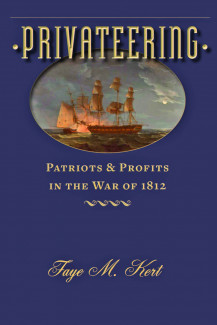
Johns Hopkins UniversityEst. 1876
America’s First Research University
Privateer Blown Sky High

This post is part of our July “Unexpected America” blog series, focused on intriguing or surprising American history research from 1776 to today. Check back with us all month to see what new scholarship our authors have to share! (Photo Credit Nicholas Raymond)

During the War of 1812, American entrepreneurs built, bought and outfitted more than 600 of their own vessels to attack British trade. Motivated by profit rather than patriotism, they carried government commissions that allowed them to capture enemy shipping from New England to New Orleans and the Caribbean, from the English Channel and the North Sea to Africa, South America and even China.
Unlike piracy, privateering was a legalized wartime activity with the potential for enormous profit. By signing on to share their prizes, privateers also agreed to share the risks, including storms, accidents, illness, injury, combat, capture and death. Moderately successful as a privateer, it was the Young Teazer’s fiery end that earned her a place in privateering history.
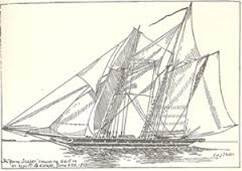
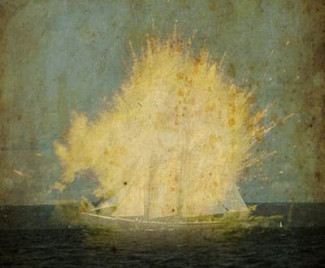
In December 1812, a British frigate captured and burned the Teazer, an 88-ton privateer schooner out of New York. In exchange for their release, Captain Frederick Johnson and his crew solemnly swore they would never again take up arms against Britain under pain of death by hanging. Meanwhile, Teazer’s owners began building a larger, faster, more intimidating vessel called the Young Teazer. This new, sleek, 124- ton schooner was sheathed in copper, painted black, and sported an alligator figurehead with gaping jaws. Her captain was William B. Dobson, who had been Johnson’s First Lieutenant in the Teazer, but had not been aboard when she was taken. Disregarding his oath, the reputedly temperamental and erratic Frederick Johnson agreed to become his former shipmate’s First Lieutenant on the Young Teazer in May 1813.
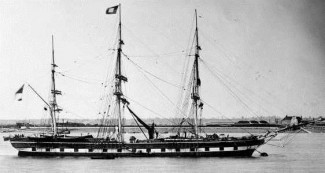
With a full crew of 65, two long guns and three short-range carronades, Young Teazer boldly captured nearly a dozen prizes right under the noses of several Royal Navy blockade ships off Nova Scotia. On the evening of 27 June 1813, after an 18-hour chase, HMS La Hogue, a 74-gun frigate, cornered Young Teazer in Mahone Bay, southwest of Halifax. As night fell, a boarding party of six rowboats made for the privateer. Captain Dobson ordered Johnson to make sure the large guns were well loaded and chastised him for not using the proper shot. “Somewhat infuriated” by the oncoming British boats – and no doubt well aware of the fate that awaited him for breaking his parole – Johnson was last seen heading below to the powder magazine with a burning coal. As Dobson and his officers were strategizing on the forecastle, the magazine exploded, blowing them into the water and instantly killing all but eight of the 37 men and boys elsewhere on board, two of whom later died of their injuries. Inhabitants felt the shock 12 miles away as the blazing hull of the Young Teazer seared itself into local memory. Ship’s boy, Elisha Gunnison, testified that one of the wounded managed to untie the ship’s boat and the scorched and shocked survivors helped each other into it. Somehow, they managed to row themselves ashore and surrender to a somewhat startled Martin Rafuse, who eventually turned them over to British authorities. Since the first anniversary of the explosion, mysterious sightings of ghostly lights in Mahone Bay have ensured that the legend of the Young Teazer endures.
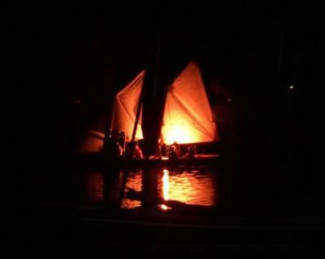
Faye M. Kert is an independent historian who earned her PhD from the University of Leiden. She is the author of Trimming Yankee Sails: Pirates and Privateers of New Brunswick, and Prize and Prejudice: Privateering and Naval Prize in Atlantic Canada in the War of 1812, and Privateering: Patriots and Profits in the War of 1812.